Singapore hawker marathon: Coconut rice part one, tomato chili sambal and lemongrass ricotta
An incredibly fragrant coconut rice cooked in pandan extraction, a tomato-based chili sambal boosted with Italian anchovies, and a lemongrass-infused coconut milk ricotta crumbled with thinly sliced shallots and bird’s eye chili marinated in fish sauce
WHAT: Nasi Lemak, Malay’s signature fragrant coconut rice cooked in coconut milk and served with a spicy and sweet chili sambal.
WHY: You haven’t really had rice until you’ve tasted nasi lemak. And if you have tasted nasi lemak and consider this statement grossly exaggerated – as I once was – then it’s highly probable that it’s because you haven’t had this nasi lemak. Best yet, most components can be made days ahead of time.
HOW: Let’s face it. There are a lot of underwhelming nasi lemak out there. And I say this with the full acknowledgement that it’s an explicitly personal opinion resulting from my deeply rooted disagreement with more than one of its traditional, possibly beloved, practices. The coconut rice, without any dispute, is the heroine of the entire dish. We should all agree that if this part isn’t done right, then none of the others shall matter. But in my three to four encounters of nasi lemak in Malaysia and Singapore, more often than not, the rice appears fragrance-less and purpose-defeating, a crime that even if I could overlook, is sentenced to death with an aggressively sweet chili sambal slapped over the top where the scattered insult of dried anchovies and roasted peanuts lurks nearby. I don’t care for whole dried anchovies and/or roasted peanuts. Two ingredients that, in its entirely intact, crude and un-manipulated form, is only acceptable as cat snacks and dive bar nuts.
So here I’m setting out, if for no one else but myself, to make things right. In order to inject my desired level of fragrance into what is truly coconut rice in my mind, the cooking liquid is blended with pandan leaf and lemongrass before brewing for a short while over heat. The result is a jade-like green extraction that in conjunction with coconut milk and coconut oil, nursed the most incredibly fragrant pot of jasmine rice that I’d be happy eating with just a sprinkle of sea salt. Then in exchange of the overdue removal of whole dried anchovies, I went for a tomato-based chili sambal flavored with Italian anchovies in olive oil and dried shrimps, which provide a deeply nutty, seafood-y backdrop as the tangy sweetness of tomatoes and apricot jam forms an addictive conflict with fiery and condensed red chilis. It is a general wisdom – and happens to be true – that amongst two rich and intently juggernauts, a refreshing and preferably sharp medium is duly warranted. In rejection of the common trifling of sliced cucumbers, I say a lemongrass-infused coconut milk ricotta crumbled with thinly sliced shallots and bird’s eye chili marinated in fish sauce, is just the creamy yet laser-sharp liaison to bring this epic coalition to focus.
These few components without much else (or at least how they are traditionally made), together inside cleverly folded wrappers, are little pouches of portable delights grabbed on the go by busy Malaysians and Singaporeans alike. But for the most insatiable amongst us all, there are also some much available overkills. For lemongrass fried chickens, and fragrant fish cake they call otah, please proceed to Part Two.
I'm breaking this dish into two parts so it doesn't seem overwhelming. Part One is the main coconut rice with a couple condiments, which is often times served as a snack without any other toppings. Part Two would be lemongrass fried chicken and fragrant salmon fish cake called otah. If you are looking for a one-stop online shop for all the ingredients in this Singapore series, FILSTOP seems to be a good place to start.
Ingredients
- 1/2 cup (110 grams) coconut milk
- 1/3 cup (72 grams) canola oil
- 10 (31 grams) red bird's eye chili, stems removed
- 2~5 (130 grams) large red chili such as goat horn or cayenne (see note*), stems removed and roughly cut
- 8 small shallots, peeled
- 6 cloves garlic, peeled
- 5 fillets of anchovy in olive oil, drained
- 2 tbsp (18 grams) dried shrimps (see note **)
- 1 tbsp (20 grams) balacan shrimp paste or Thai shrimp paste (see note ***)
- 0.45 lb (200 grams) cherry tomatoes, or 1/2 can (200 grams) canned peeled tomatoes
- 2 tbsp apricot jam
- 2 tsp apple cider vinegar
- 3 1/2 cup whole milk (855 grams)
- 1/2 cup (110 grams) coconut milk
- 1 lemongrass
- 2 small slices of galangal
- 1/2 tsp sea salt
- 3 tbsp lemon juice
- 2 shallots, peeled and thinly sliced
- 4 bird's eye chili, finely diced
- 2 tsp fish sauce
- 3 cups jasmine rice
- 2 cups water
- 2 fresh or frozen pandan leaf, cut into segments (see note ****)
- 1/2 lemongrass, diced
- heaping 1/4 tsp salt
- 1 cup +3 tbsp coconut milk
- 1 star anise
Instructions
- TOMATO CHILI SAMBAL: In a blender, blend coconut milk, canola oil, red bird's eye chili, large red chili, shallot, garlic, anchovies, dried shrimps and balacan shrimp paste until smoothly pureed. Transfer into a non-stick pot (or the sauce will burn easily) and bring to a simmer over medium heat. Partially cover the pot to prevent splattering, stirring occasionally, until most of the liquid has evaporated, and the mixture is oily, caramelized and turned deep red in color.
- I happened to have cherry tomatoes on hand, which I blanched and peeled. But you can certainly use canned tomatoes. Add the tomatoes and mash it into the mixture with a wooden spoon. Continue to cook until most of the moisture from the tomatoes has evaporated as well, and the sauce is once again caramelized an deep red. Add apricot jam and apple cider vinegar, and cook for another 5 minutes. Once cooled completely, store in an air-tight container in the fridge until needed. Can be made up to one week ahead of time.
- LEMONGRASS COCONUT RICOTTA: Smash the lemongrass with a meat-pounder to break it up, then cut into long segments. In a pot, combine whole milk, coconut milk, lemongrass, galangal and sea salt. Set a thermometer into the mixture, then place the pot over the lowest heat possible to slowly, slowly bring the temperature up to 190 F/90 C. The slow process allows the herbs to steep and release their aroma into the milk. Meanwhile, set double layers of cheese-clothes on top of a strainer and set it over another pot.
- Once the milk is heated, remove the herbs with a slotted spoon and reserve. Gently stir in the lemon juice, just a swirl or two, and leave it undisturbed for 5 minutes. Pour the mixture into the cheese-clothes, then place the herbs back on top to further perfume the ricotta. Once most of the liquid/whey is drained, gather the cheese-clothes into a ball, and place something heavy (like a can or pot) on top. Leave it in the fridge to drain for another two hours, until the ricotta is firm and crumbly. Remove the herbs now and discard. This can be made up to 2 days head of time.
- 10 minutes before serving, evenly mix finely sliced shallots, diced bird's eye chili and fish sauce in a bowl. Right before serving, mix equal amount of the shallot-mixture with lemongrass ricotta to make a crumbly mixture.
- COCONUT RICE: Wash jasmine rice inside a strainer until the water runs clear, then drain well and transfer into a rice cooker. If you don't have a rice cooker, see this post for stove-top instructions. Blend 2 cups of water, pandan, lemongrass and salt in a blender until finely pureed. Transfer to a pot and simmer for 5 minutes, then strain through a fine sieve, pressing on the solids to extract as much liquid as you can, then discard the solids. Add more water to the pandan water to make it up to 2 cups, then add to the rice, along with coconut milk. Cook according to the rice cooker's instruction.
- When the rice is done, add the star anise and fluff it a few times, then close the lid to let sit for another 5 minutes to infuse (we only want a light whiff of anise flavor). To learn how to package the rice into individual pouches, watch this video. Serve the coconut rice with a generous amount of tomato chili sambal and lemongrass coconut ricotta. For extra toppings, see part two.
Notes
* If we make the sambal entirely with small bird's eye chili, it would be way too spicy. So a good portion of the chili has to be fragrant but less spicy varieties like goat horn or cayenne.
** Dried shrimp is so so so crucial in flavoring a large portion of southeast Asian cuisines. Without it, it's just not the same. You have to get familiar with it.
*** For flexibility sake, I'm gonna say you could use either Malaysian shrimp paste/balacan, or Thai shrimp paste, even thought they are a bit different.
**** Pandan leaf is another Southeast Asian herb that is quintessential to the regions's unique flavor profile. It can be hard to source in North America or Europe (but you can find it online), so if you ever come across it, buy a ginormous bunch and keep them frozen. In my experience, the freezing actually help extract its flavor. If you really can't get a hold to it, then try pandan extract, although the flavor can be very artificial. I've never used it before but I would start (totally guessing) with 1/2 tsp for this recipe.

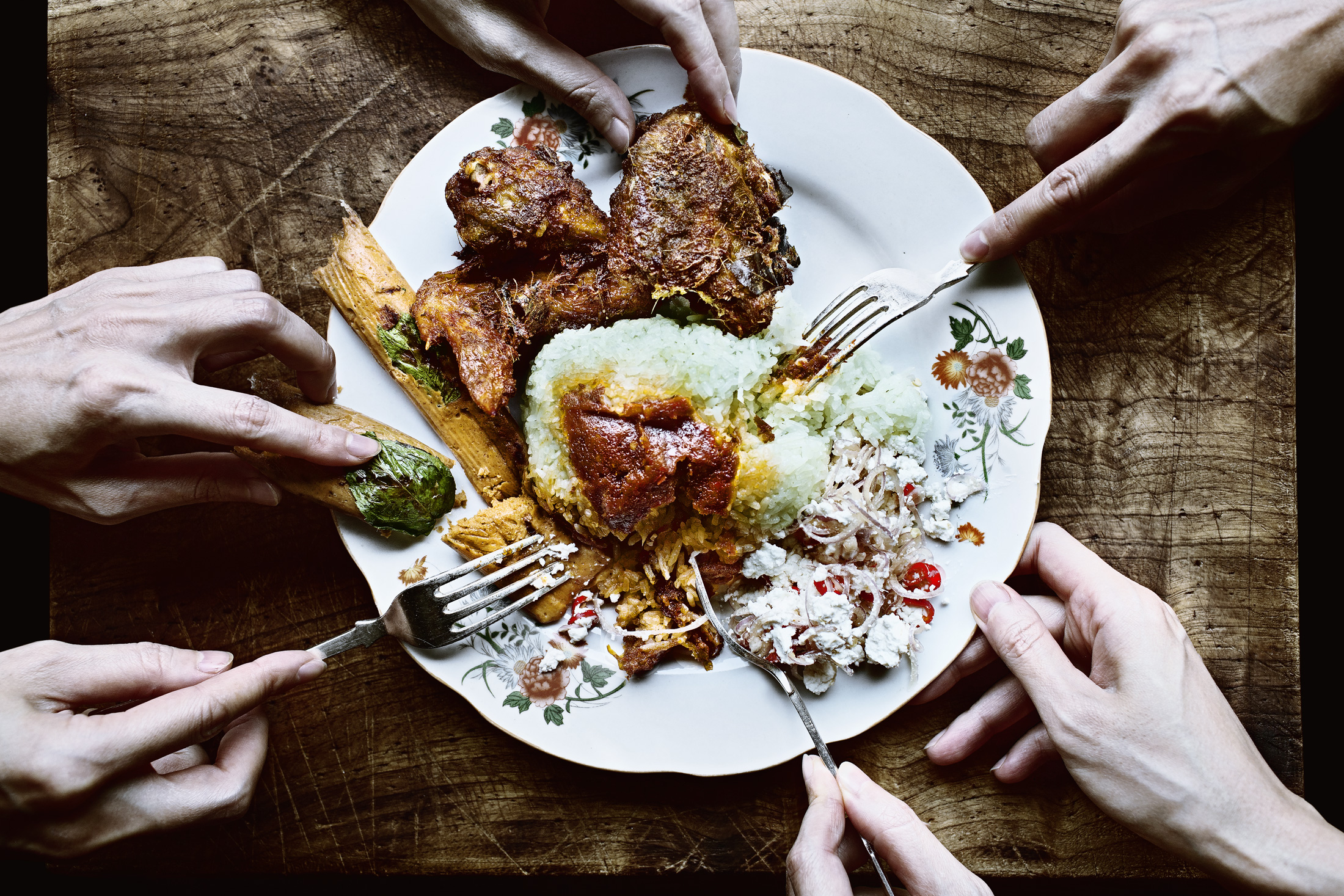

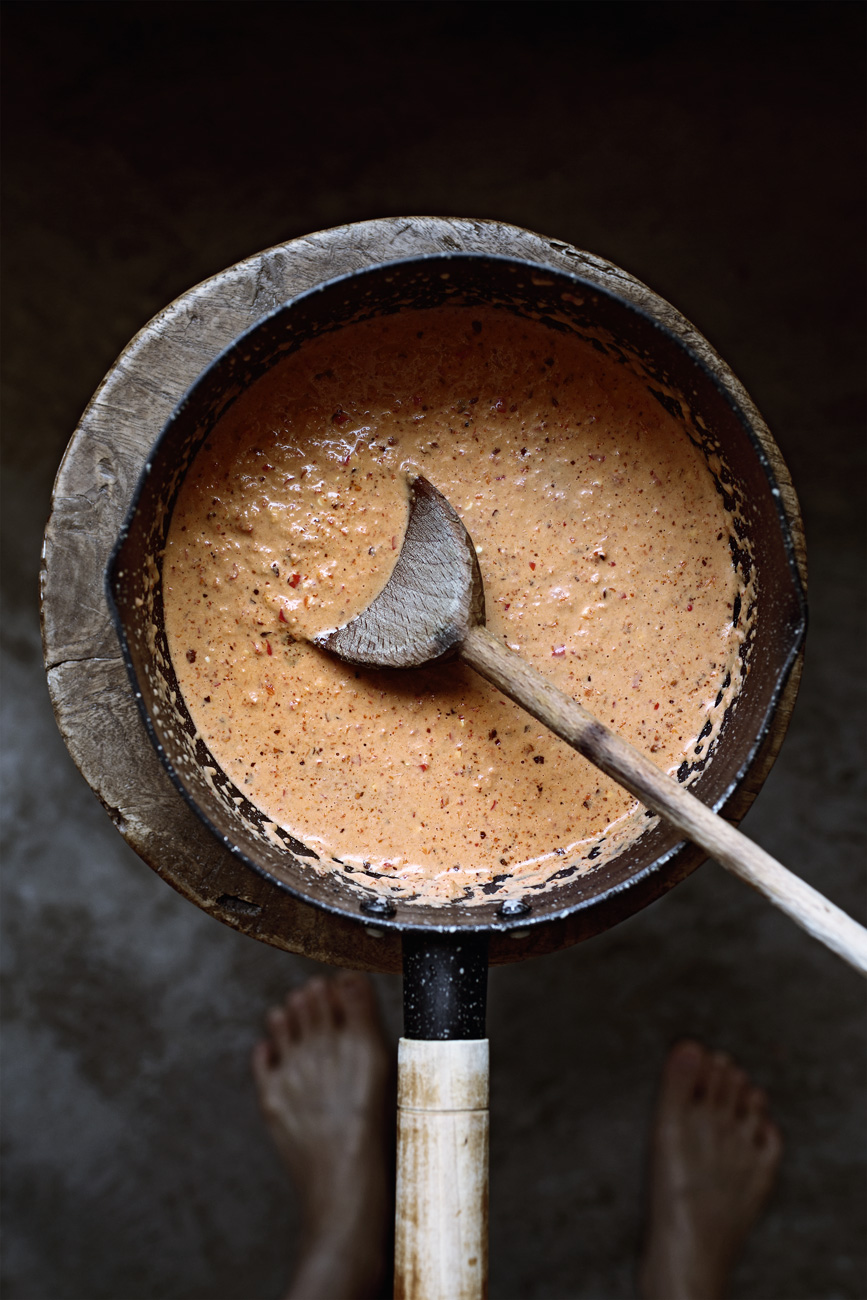
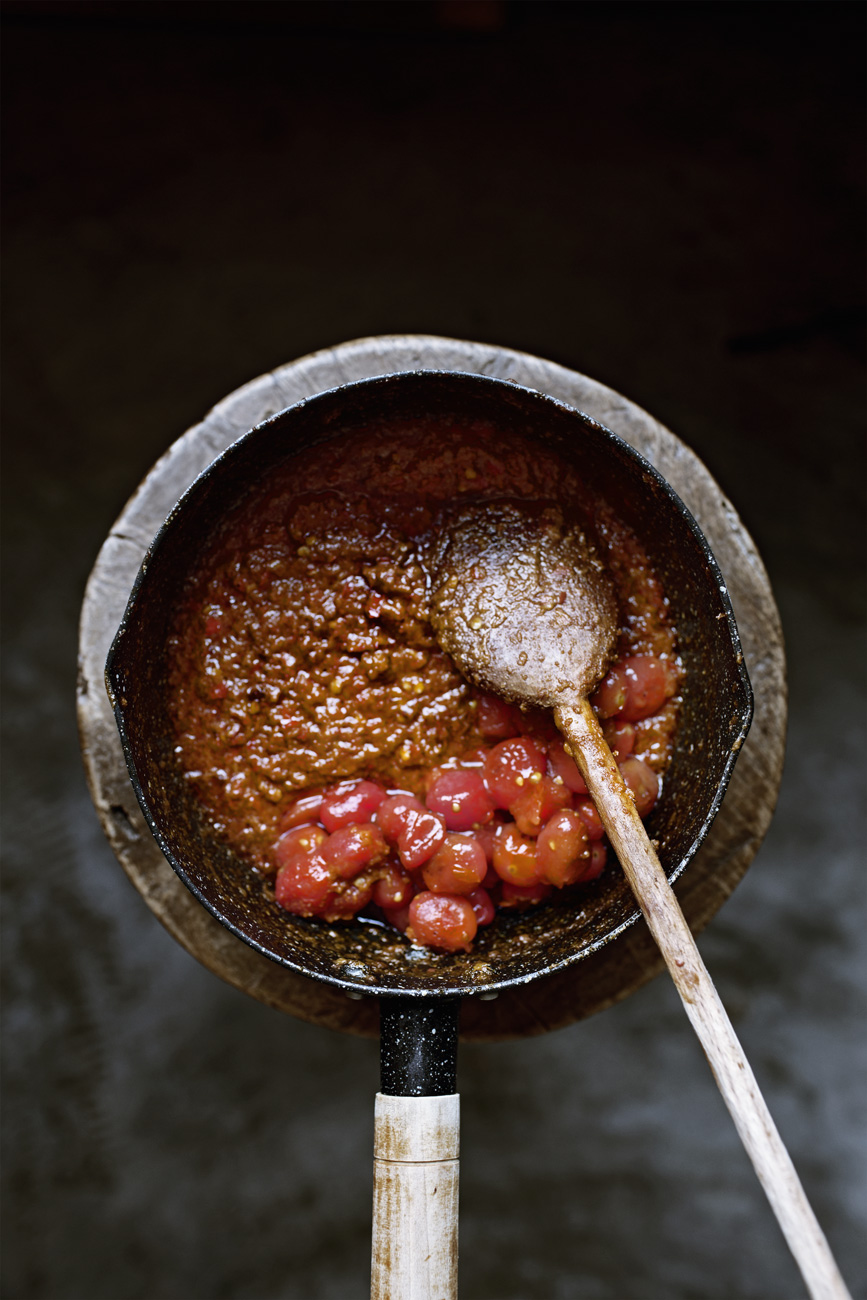
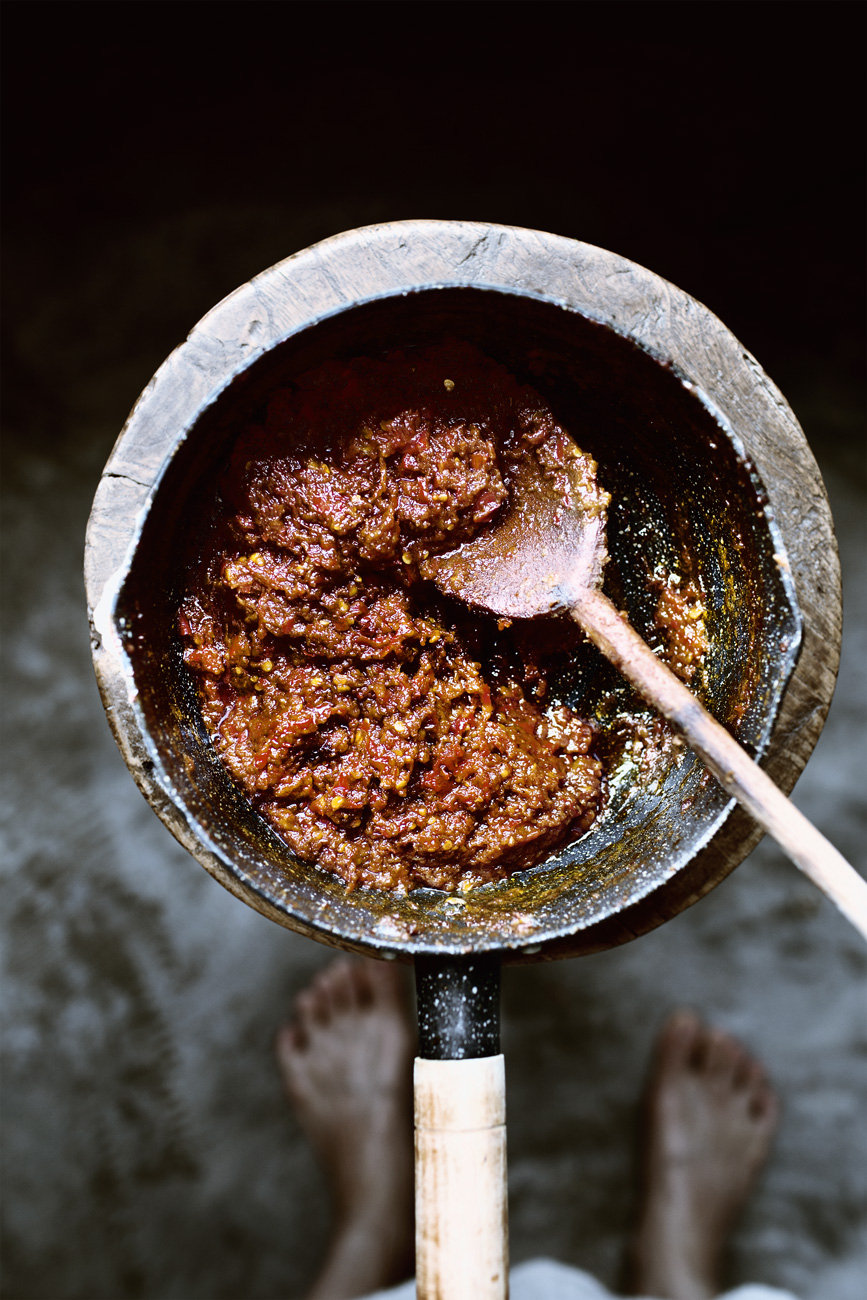

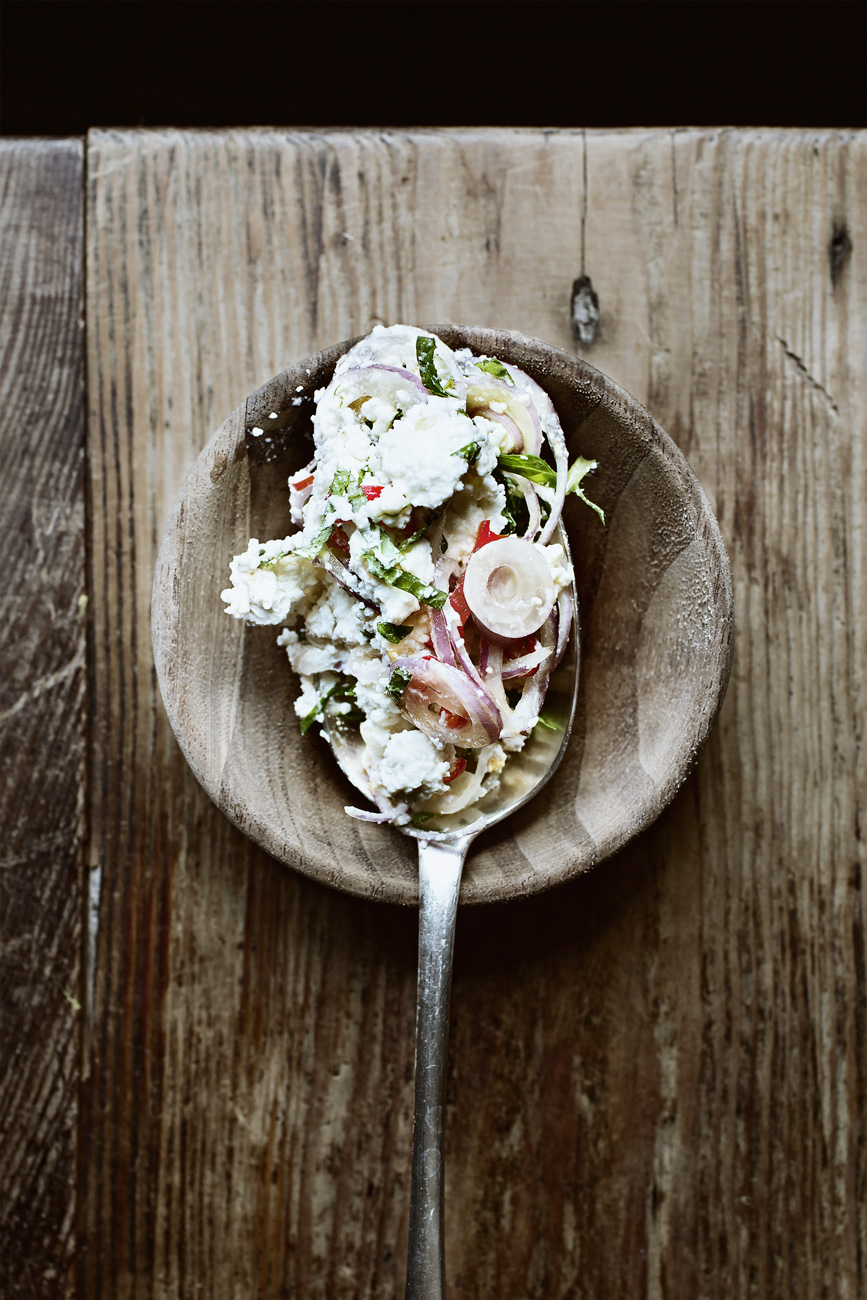
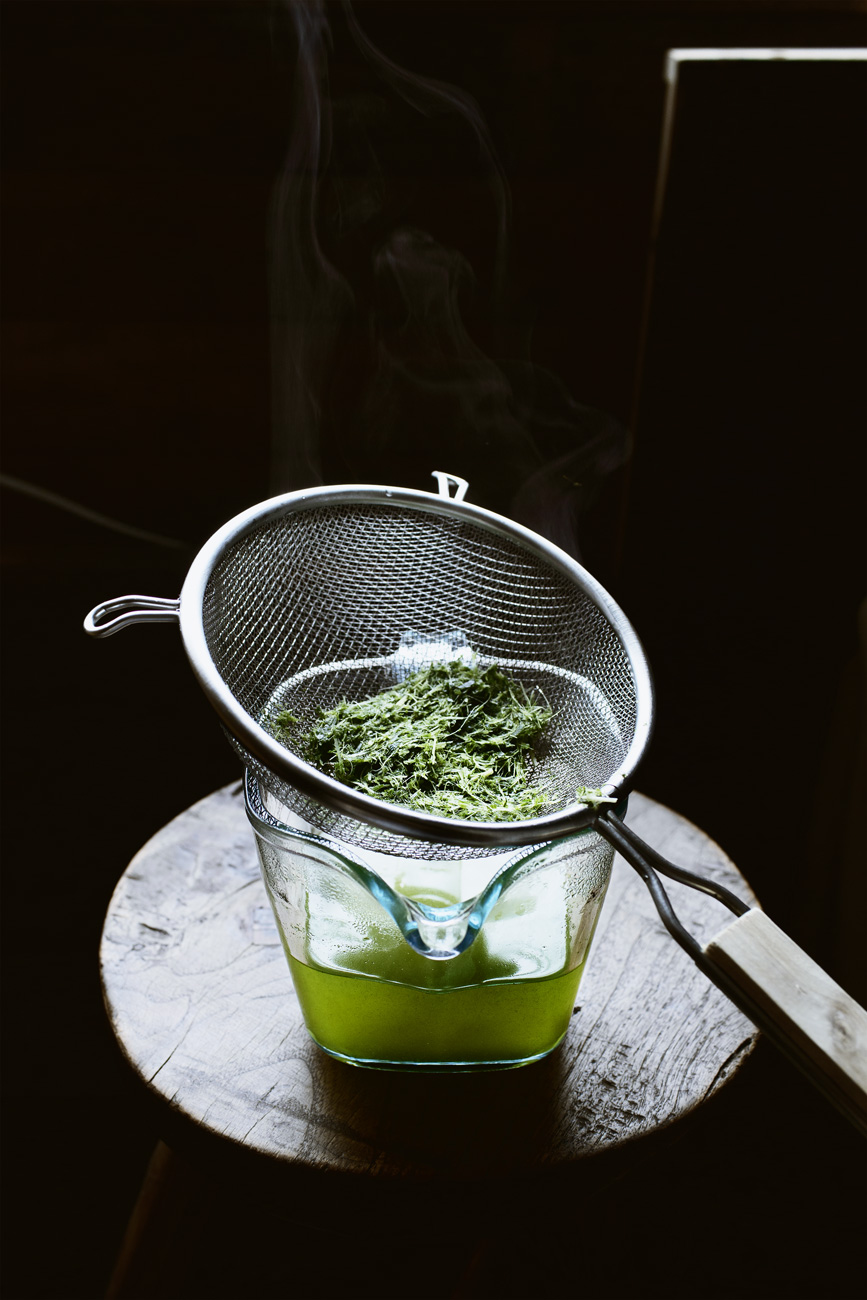
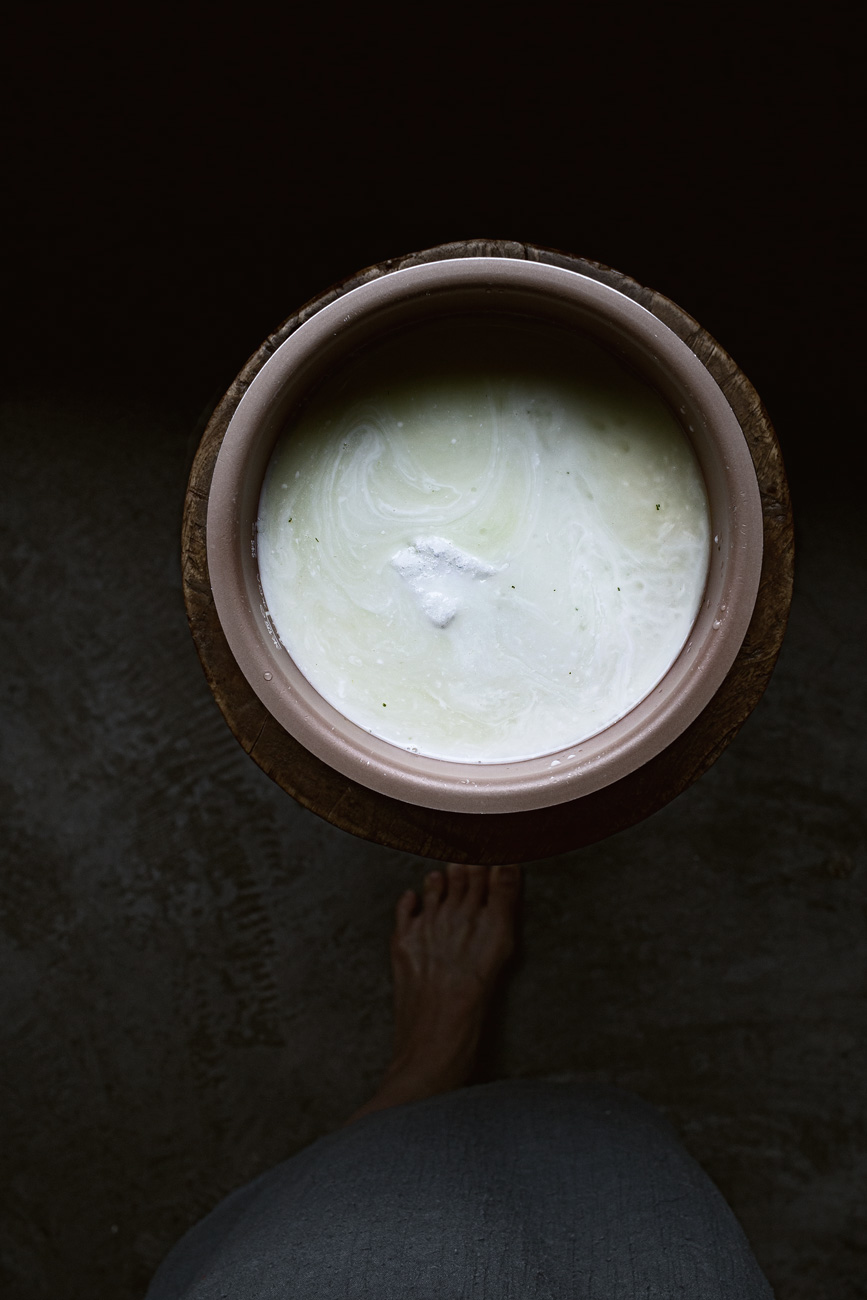
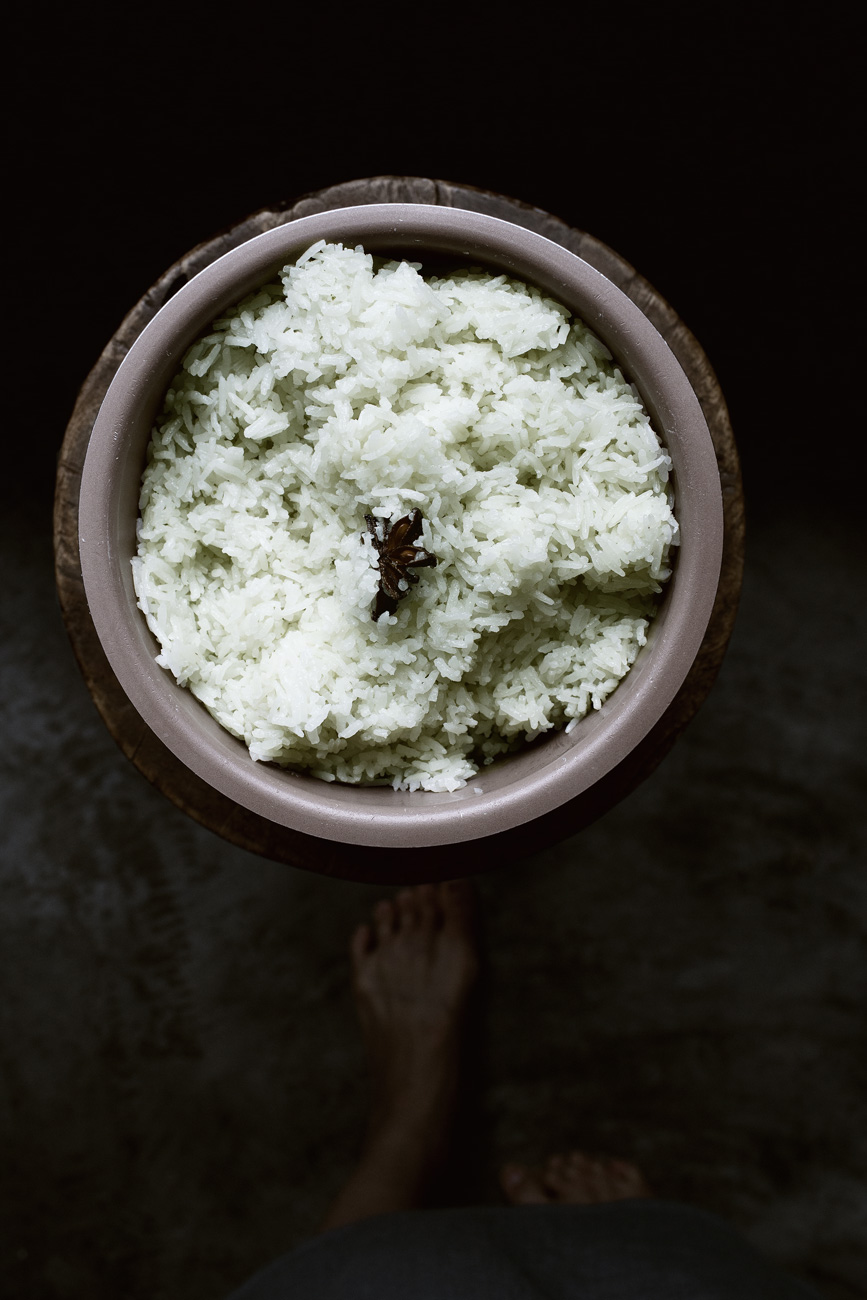
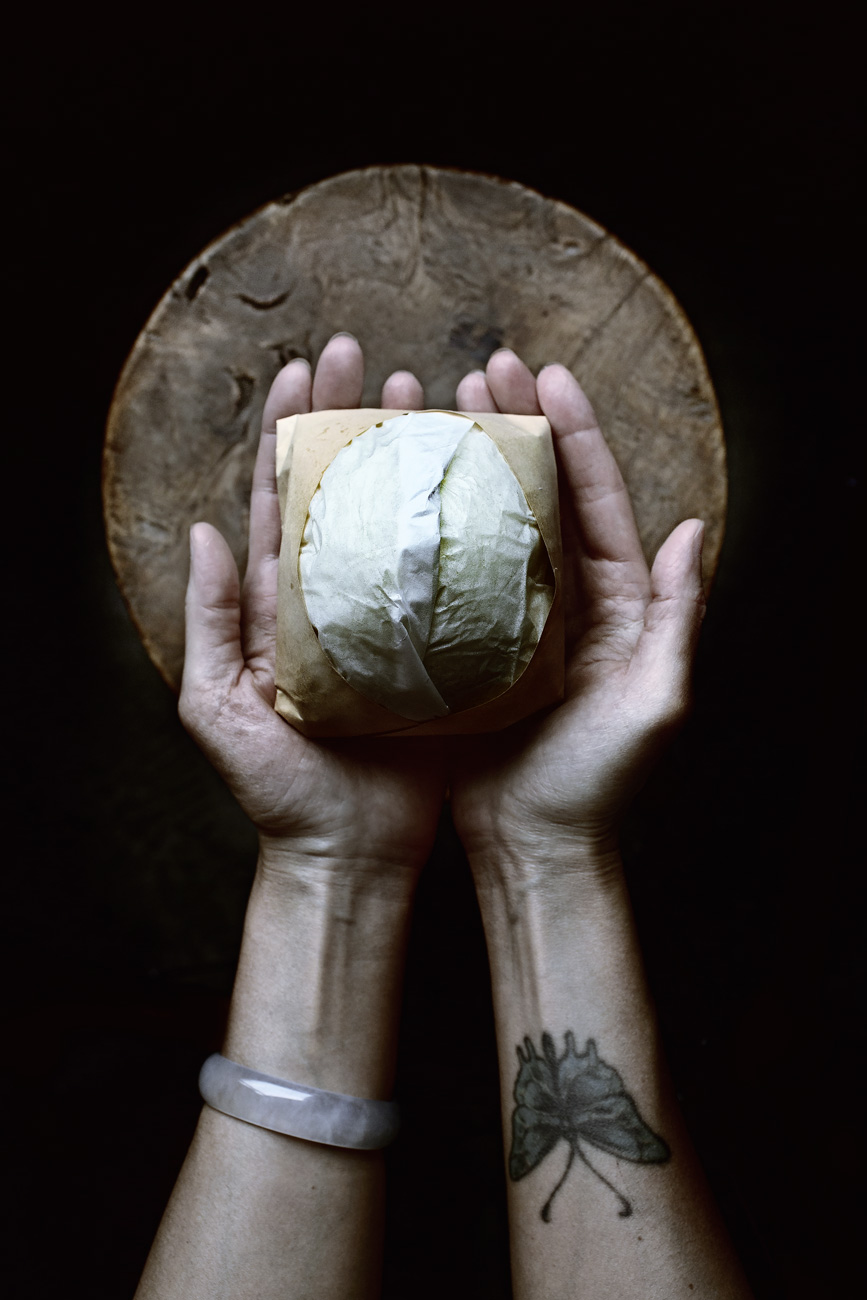



Avi
04.24.2018at4:49 AMHi Mandy,
I have kind of a dumb question about pandan leaves. They’re hard to find here, but I finally found a bag of frozen pandan leaves in my local southeast asian supermarket. Unfortunately they’ve already been cut into ~2-inch long segments, and I have no idea how big the “average” pandan leaf is. Can you give an estimate of how long your pandan leaves usually are, or maybe a weight, or anything to help me estimate about how many of my leaf chunks equals 1 leaf? I know it doesn’t have to be precise, but I’d love to be in the right ballpark. Thanks so much! I can’t wait to make this rice and the fried chicken.
mandy@ladyandpups
04.24.2018at12:24 PMAvi, the average pandan leaf should be about 24″ long :)
Ling
04.30.2018at8:05 AMHey Mandy,
Can’t wait to give the recipes a go, am salivating just looking at the photos! Noticed some green leaves in the lemongrass coconut ricotta photo but they’re not indicated in the recipe. Can i use mint leaves? Thanks, i can’t wait to try these out this evening :)
mandy@ladyandpups
04.30.2018at5:35 PMLing, yeah at one point I added some fresh mints in there :)